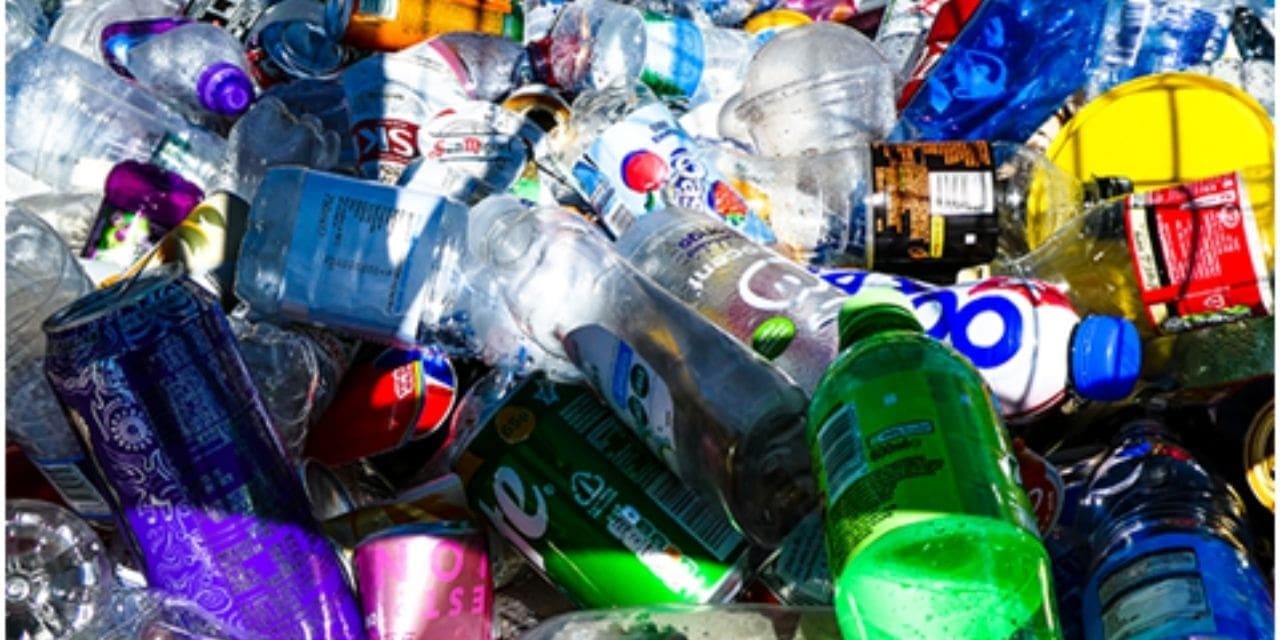Under 10% of the 380 million measurements huge loads of yearly delivered plastics are presently reused in the U.S., making a worldwide ecological danger brought about by plastic creation and the retention of millions of huge loads of waste into waterways every year. Whenever you see plastics like polyester, that rate goes down. Rather than restoring a guarantee to reusing strategies that must be utilized once on specific plastics, specialists have shifted focus over to different answers for diminish plastic waste. Plastic upcycling, the course of proficiently deconstructing and reconstructing polymers, which are the fundamental structure squares of plastic, has turned into a significant area of concentration.
Presently, a Northwestern University-drove group has given the premise to a method to upgrade the impacts of a protein that breaks down polyester – the plastic used to make soft drink bottles and economical dress (and monetarily named PET) – into its major parts, an improvement that could be useful to engineers foster answers for eliminating microplastics from waterways and seas.Their discoveries will be distributed the seven day stretch of March 21 in the diary Proceedings of the National Academy of Sciences (PNAS) and will drive leap forwards in biotechnology, bioremediation and medication.
Northwestern’s Monica Olvera de la Cruz, the senior creator of the paper, made sense of that in reusing, plastic is warmed up, separated and afterward revamped into more fragile, less fortunate quality plastics. In any case, in upcycling, breaking down polymers into their key parts now and then permits them to turn out to be much sturdier plastics than they were previously. Olvera de la Cruz’s group expected to make as green an upcycling cycle as could be expected; one that didn’t make poisons however rather eliminated them. Utilizing a protein that can be combined in a lab, the specialists fostered a cycle without utilizing different solvents that can be utilized over and again.
“Individuals have found a chemical – a microbes that eats polyester to make due and changes over it into monomeric units,” Olvera de la Cruz said. “Be that as it may, they haven’t had the option to utilize this is on the grounds that it separates at a specific temperature. Our thought was to assemble polymers fit for typifying the compound to safeguard its construction, with the goal that it can keep on working outside of living cells and in the lab at adequately high temperatures to have the option to separate PET.”
In the review, the group planned a polymer and the circumstances expected to really safeguard the chemical (called PETase), with the goal that when the design was warmed, the PETase wouldn’t disentangle and become inadequate. The polymer comprises of a hydrophobic (water repulsing) spine and exceptionally explicit centralizations of its three parts, determined by first creator and Ph.D. understudy Curt Waltmann, to explicitly cooperate with dynamic locales on the catalyst.
Waltmann observed that a lot of negative charge in the polymer implied the chemical would break up in the water, and the polymer wouldn’t cover enough of the protein surface to safeguard it. He must be cautious additionally not to place an excessive number of hydrophobic parts into the polymer to such an extent that the polymer wouldn’t wrap into itself as opposed to folding over the PETase surface. After the polymer was orchestrated utilizing a method called free extreme polymerization, which quickly interfaces monomers together, it was blended in with synthetically combined catalysts.
“We viewed that as assuming you put the complex of the polymer with the protein together, and near a plastic, and afterward you heat it up marginally, the catalyst had the option to separate it into little, monomeric units,” Olvera de la Cruz said. “As well as working in a climate like where it could clean microplastics, our technique has safeguarded against high temperature corruption, and one understudy had the option to do the testing.” By figuring out how to safeguard the compound from heat, the group opened numerous entryways for the exploration local area. The group has its sights determined to typify whole microplastics in the construction, then making a total of microplastics with these chemicals.
The U.S. Division of Energy has a drive to subsidize polymer upcycling projects that would decrease plastic waste, and Olvera de la Cruz says her undertaking will add to pushing the drive ahead. “You can make another polymer with the monomeric units,” Olvera de la Cruz said. “These are perilous things that are terrible for our wellbeing. We don’t have to make more. You can reuse the ones currently here to make a similarly decent plastic – or better.”
Olvera de la Cruz is the Lawyer Taylor Professor of Materials Science and Engineering, Chemistry and Chemical and Biological Engineering, Physics and Astronomy, and head of the Center for Computation and Theory of Soft Materials. Notwithstanding Olvera de la Cruz and Waltmann, Northwestern analysts incorporate Carolyn Mills, Jeremy Wang, BaofuQiao, John Torkelson and Danielle Tullman-Ercek.The paper, “Utilitarian Enzyme-Polymer Complexes,” was upheld by the U.S. Branch of Energy, Office of Basic Energy Sciences (Contract DE-FG02-08ER46539).

